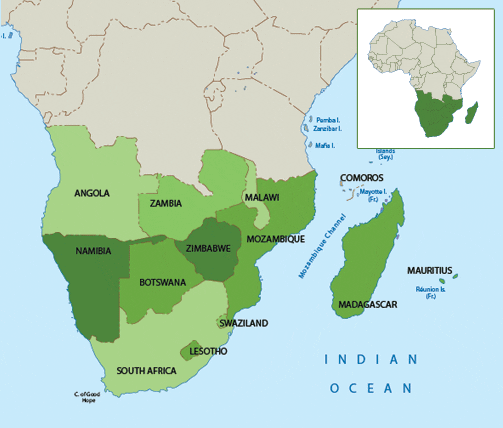Editor’s note: The Hunger Reports is a more in-depth look at the 2017 Hunger Report, Fragile Environments, Resilient Communities, with a new video, blog series, and infographics. Blog posts offer glimpses into why hunger persists and what we can do about it.
By Jordan Teague
We know that Earth’s climate is changing, and most people who are environmentally aware could tell you that this means changes in weather patterns: heavier rainfall, longer dry periods, more frequent and severe floods, and more frequent and severe droughts.
From here, it’s not much of a leap to see that the people who are most vulnerable to the effects of climate change are those who rely on agriculture for their livelihoods. Most of the world’s poorest and most malnourished communities are almost entirely at the mercy of the weather. Agriculture is not only their main provider of food and nutrition, but also their source of income.
Climate change affects malnutrition in a myriad of ways, both immediate causes and underlying causes. Projections show that climate change will increase stunting by 30 percent to 50 percent by 2050. Stunting, the result of malnutrition in early childhood—before age 2—causes lifelong, irreversible health problems and developmental delays. It damages the economies of entire countries. Already, one in four children suffer from stunting. The specter of a large increase is another powerful reason to act quickly against climate change.
Climate change reduces agricultural yields and the nutritional value of staple crops, and it increases the prevalence and spread of diseases. These and other effects are closely linked with malnutrition in poor communities.
The severe drought in southern Africa in 2015 and 2016 was the result of a changing climate and the cyclical El Niño event. It is an example of how climate change can threaten the most vulnerable people.
Drought significantly diminishes both access to water and the quality of the water still available. It carries severe consequences for many factors needed for good nutrition—among them, agricultural production, livestock survival, community access to safe drinking water, and the means to cook food, particularly in a hygienic way.
By September 2016, southern African countries had suffered heavy losses of livestock and significant failure of agricultural production, including a deficit of 9 million metric tons of staple crop production. There was also widespread reporting of households using unsafe drinking water, which increased the spread of water-borne diseases.
Farmers in Madagascar lost up to 80 percent of crops in 2016 and nearly 50,000 children needed immediate nutrition assistance. Zimbabwe estimated that the drought would put 4.1 million people in need of health and nutrition assistance. Mozambique reported in November 2016 that 1.4 million people were food insecure and that by May 2017, 243,000 children may be acutely malnourished.
Drought is just one of the effects of climate change that damages the lives and livelihoods of the most vulnerable people, particularly pregnant women and children under 2. Nourishing mothers and children depends on many factors now being altered by a changing climate—including agriculture, food systems, safe water, and sanitation services.
Jordan Teague is an international policy analyst at Bread for the World Institute.



